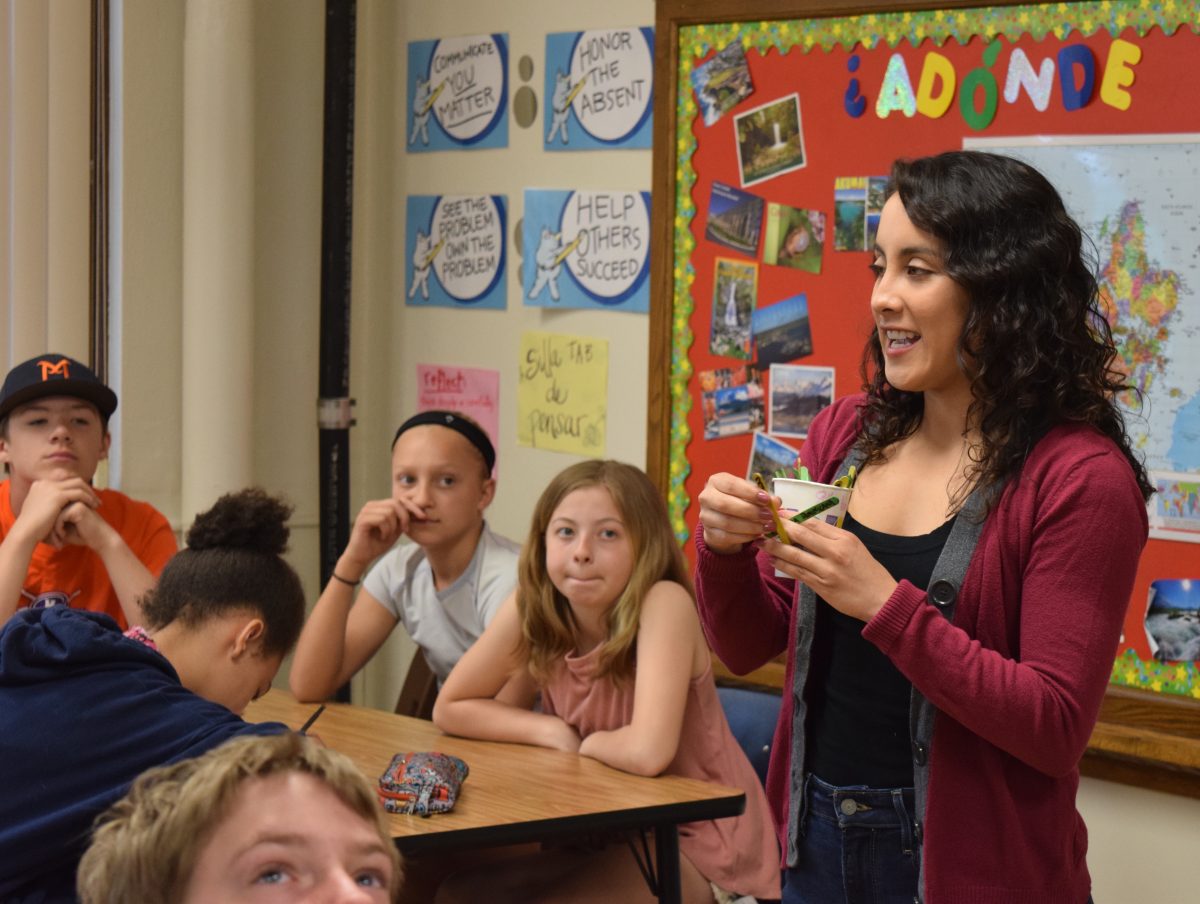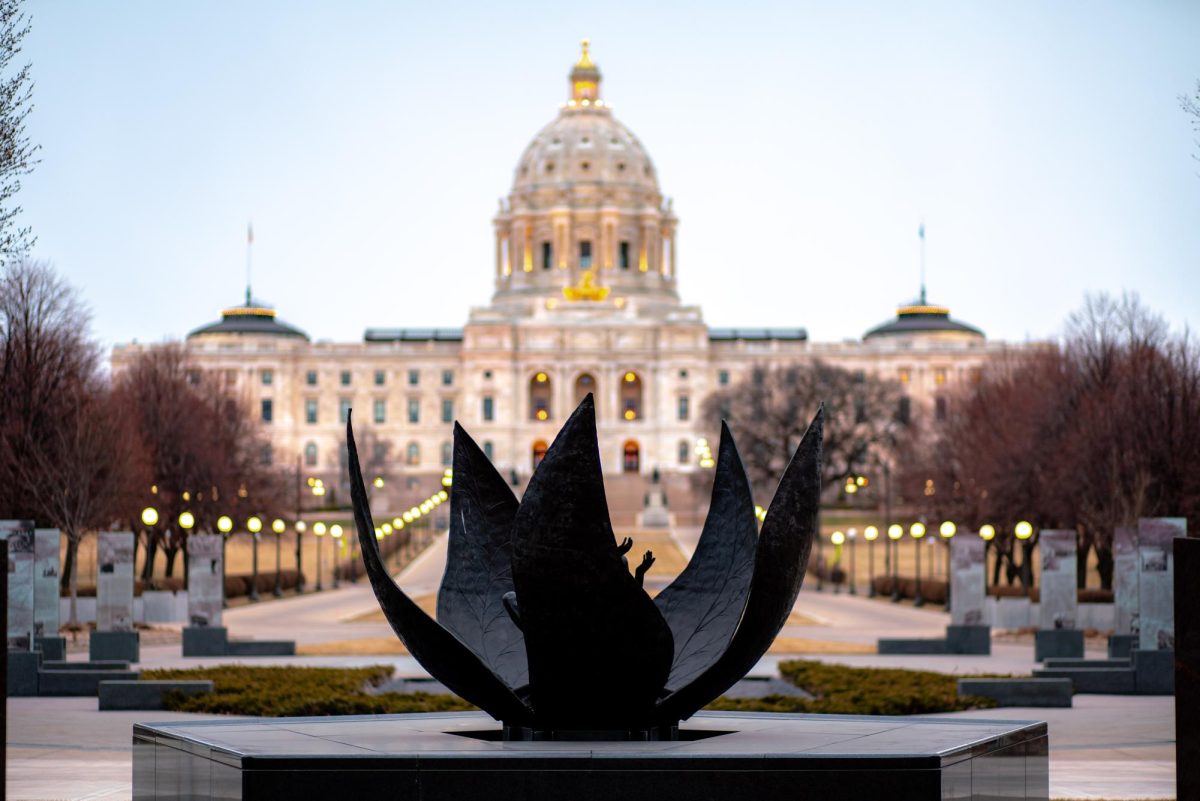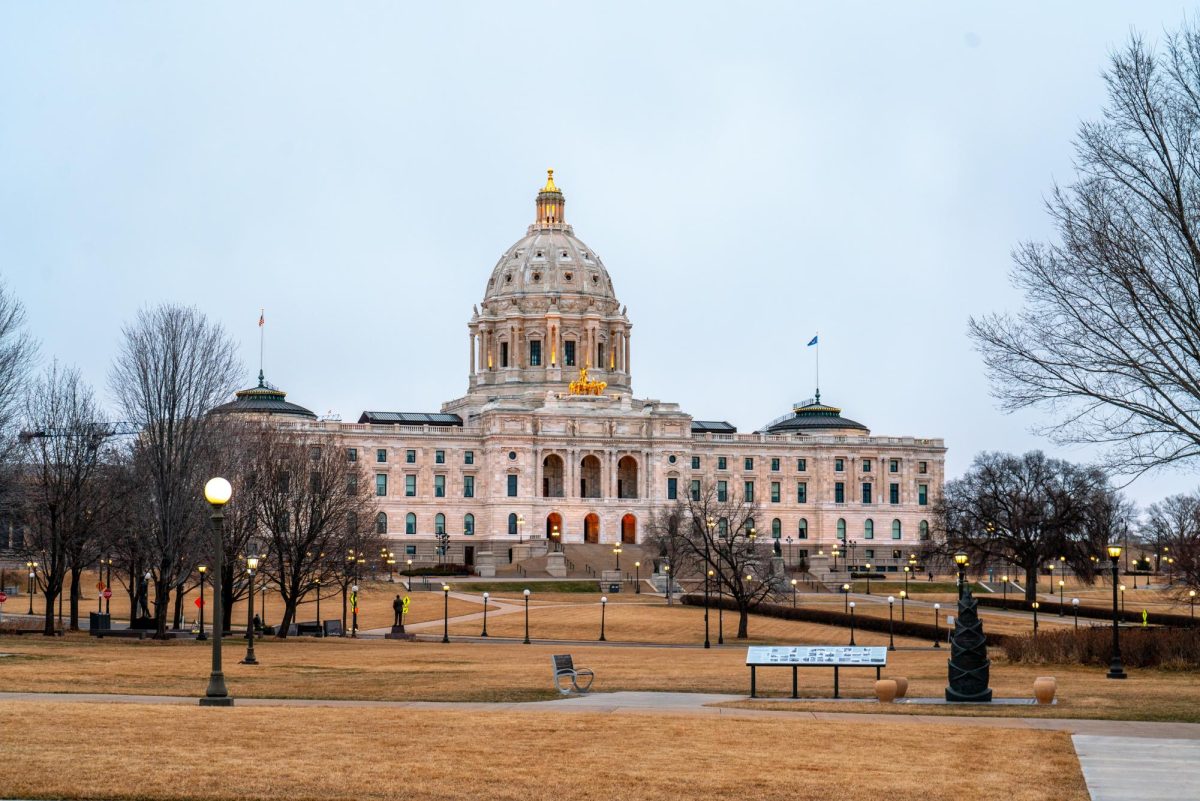A bill moving through the Minnesota Legislature aims to increase the number of teachers of color across the state by providing funding and reducing barriers to recruiting people of color.
The Increase Teachers of Color Act (ITCA) allocates $10 million toward scholarships for students enrolled in teacher preparation programs. ITCA was first passed in 2017, but this current bill provides permanent funding for scholarships.
Sen. Mary Kunesh (DFL-New Brighton) said the previous year saw overwhelming requests for funding grants to support teachers of color. Kunesh said the Senate allotted $3.5 million for mentoring and retention efforts in teaching programs, while the requests totaled around $9 million.
“That right there tells you that there’s a huge need and that’s what we’re building on,” Kunesh said.
Students seeking undergraduate and graduate degrees in education, or enrolled in a teaching program, can receive a $10,000 scholarship per year for full-time study.
In Minnesota, 5.9% of educators identify as teachers of color or Native American teachers, while 36.7% of students are people of color or Native American.
Multiple Pathways to Teaching Program Director Laura Mogelson said besides providing guidance to aspiring teachers, Multiple Pathways is committed to interacting with the state legislature to decrease the diversity gap between teachers and students while lowering student loan debt.
“We believe that high-quality preparation really does impact a teacher’s own feeling of self-efficacy and wanting to stay in the field and knowing what they’re doing,” Mogelson said.
Kunesh said as an educator for 25 years, she has seen the need for better representation of people of color in Minnesota schools.
“I’ve kind of been hyper-aware of the lack of teachers of color in schools that have large populations of kids of color and how important it is that when they do have somebody that they can relate to, whether culturally or even visually, what a difference that makes,” Kunesh said.
DirecTrack coordinator at the University of Minnesota Jehanne Beaton-Zirps said many teachers of color prematurely leave the field compared to their white counterparts due to the lack of diversity and racial battle fatigue.
“I’ve also seen really, really talented teachers of color move through DirecTrack, make it through their licensure program, be ready, and then they go into schools, and they are like, they’re there for two years and then they’re gone,” Beaton-Zirps said.
DirecTrack is a program for non-education majors to acquire experience and training to become future teachers in their major field. The program prepares students to enter the University’s teaching licensure programs.
Mogelson said ITCA made huge strides in 2023 in providing financial support and removing barriers for aspiring teachers of color, which in turn impacts college teaching education programs. Mogelson added she hopes the Aspiring Teachers of Color Scholarship proposed this legislative session in ITCA will be made a permanent program with expanded funding to grow those programs.
“A positive outcome from last year was $34 million for Grow Your Own programs for teachers,” Mogelson said. “Eighty percent of the money has to go to future teachers of color –– either programs for youth to encourage youth to become teachers or programs for adults to provide tuition support.”
Within Multiple Pathways, there are different tracks such as the Grow Your Own program for Reading Corps tutors, the ESL Residency program and the Dual Language and Immersion program.
“The goal of the programs in multiple pathways is to reduce barriers and provide access to people to be able to enter the field,” Mogelson said.
Roosevelt High School social studies teacher Asha Penugonda said while the Minneapolis-based high school has better representation than the other schools she has taught at, there is still a long way to go.
“I think it’s pretty clear no matter what school you’re at that teaching, but especially licensed teachers, tend to be a pretty white group of people,” Penugonda said. “That’s been true of every school I’ve ever been to.”
DirecTrack program alum Sofía Cerkvenik said it is difficult to empower students when she feels her identity does not matter in the field. Cerkvenik said a lot of teachers of color go into programs wanting to change the school system for the better but after teaching, they feel like they cannot.
“If I can’t even feel comfortable celebrating myself with my colleagues, it’s really hard to feel comfortable celebrating my students in the classroom where all my other colleagues and the oppressive school system also exist,” Cerkvenik said. “That makes me feel very disappointed in myself.”
Beaton-Zirps said when there are few teachers of color in a school, those teachers are often relied on to help students of color who have troubles, regardless of if they teach the student. Beaton-Zirps added this creates more pressure and responsibility for that teacher of color in an already stressful environment.
“What I think is shared is that experience of being in the new miracle minority and being asked to do things that are outside of your role,” Beaton-Zirps said. “Especially as a young teacher, you’re learning yourself what you need is other people to support you.”
Penugonda said she has witnessed teachers of color take a lot of responsibility, which can lead to frustration, isolation and burnout. Penugonda added teachers of color tend to be expected to teach the same way as their white counterparts, which suppresses the diverse perspective teachers of color bring.
“You end up doing a lot more work either because you’re serving your students without any support or expected to fix the entire system,” Penugonda said.
Current DirecTrack student and aspiring science teacher Irena Hong said schools often unintentionally act performative when trying to increase diversity in teaching. Hong said having predominantly white administrators in schools limits inclusive perspectives to increase diversity.
“One thing that’s lacking from these schools trying to recruit teachers of color is they need to just be honest and say, ‘Hey, you know what, all of our teachers basically are white and we don’t want this environment for students, we don’t want this environment for the few teachers of color we do have,’” Hong said.
Cerkvenik said besides helping aspiring teachers through legislation, it is necessary to create communities of people of color in the education system to support each other. Cerkvenik said she thinks a systemic change needs to happen in the education system because the lack of diversity fails to create inclusive communities.
“I believe everyone needs community but if you’re in a school that’s predominantly white then it’s a white community and it’s not serving your very small population of teachers of color,” Cerkvenik said.
Teachers earn between $15,000 and $90,000 less than most professions, which is often less than the local cost of living, according to the Minnesota Educator Salary study. Teachers often work nine years or more before their pay equals the cost of living for an average family in the United States.
Mongelson said scholarship opportunities are imperative to avoid racking up student loan debt while entering a field not associated with high salaries.
“I also work very hard to provide scholarships to all of our students because teaching is not a high-paying field and there’s already a tremendous teacher shortage,” Mogelson said.
Another bill in the legislature hopes to mandate stipends for all student teachers in hopes of attracting more teachers into the profession. Mogelson said student teaching helps elevate the profession and unpaid work is a barrier to entering the field.
More than half of white teachers are satisfied with their salaries compared to 37% of African American teachers and 42% of Hispanic teachers, according to the Minnesota Equity Education Partnership.
Hong said she remembers her first Asian teacher in high school making her want to become an English teacher or writer because she saw herself in that teacher. Hong said, though she no longer wants to teach English, that one teacher inspired her to pursue a career in education.
“I think it’s hard because there’s so many kids that could be inspired by a teacher of color if they just had them,” Hong said. “It’s hard, especially in science that already has such little diversity in it.”
Cerkvenik said it’s important to mirror students’ identities and show them new perspectives. Cervenik added diversity in the classroom is also important to white students.
“Feeling reflected by your teachers is such a huge thing,” Cerkvenik said. “It also is, again, beneficial to our white students to see other people who don’t share their identities in positions of education and leadership.”
Kunesh said it is important to recognize the value of funding diversity in teaching after decades of neglect. Kunesh said as the chair of the Education Finance Committee, she plans to look for more ways to fund schools.
Penugonda said for most people of color, school was a traumatic experience because of the lack of representation, so it could be difficult for many of them to come back into that environment as an adult.
“One of the most ridiculous propositions we make as society is telling young people of color, ‘Hey, remember that place that mostly sucked for you? Do you want to go back and fix it?’” Penugonda said.
Correction: A previous version of this story misstated how much money was requested for the program. The Senate requested totaled $9 million.
This article has been updated.
















thank you teachers
Apr 16, 2024 at 8:53 am
What teacher shortage? Just like health care, there is no shortage of qualified people who want to do the job. The shortages are in wage and working conditions. Who can afford, economically or personally, to do a job they love but doesn’t pay or protect the worker? Don’t fall for the false argument that “there aren’t enough people to do the work” when the problem is more “there aren’t enough people in power who are willing to pay and protect workers”.
Much respect to all educators and health care professionals. ifykyk.
Ken DeYoe
Apr 11, 2024 at 1:26 pm
I applaud this initiative. Hopefully it will fill an overdue void. Unfortunately, it is just a drop in the bucket to overcome the overall teacher shortage.